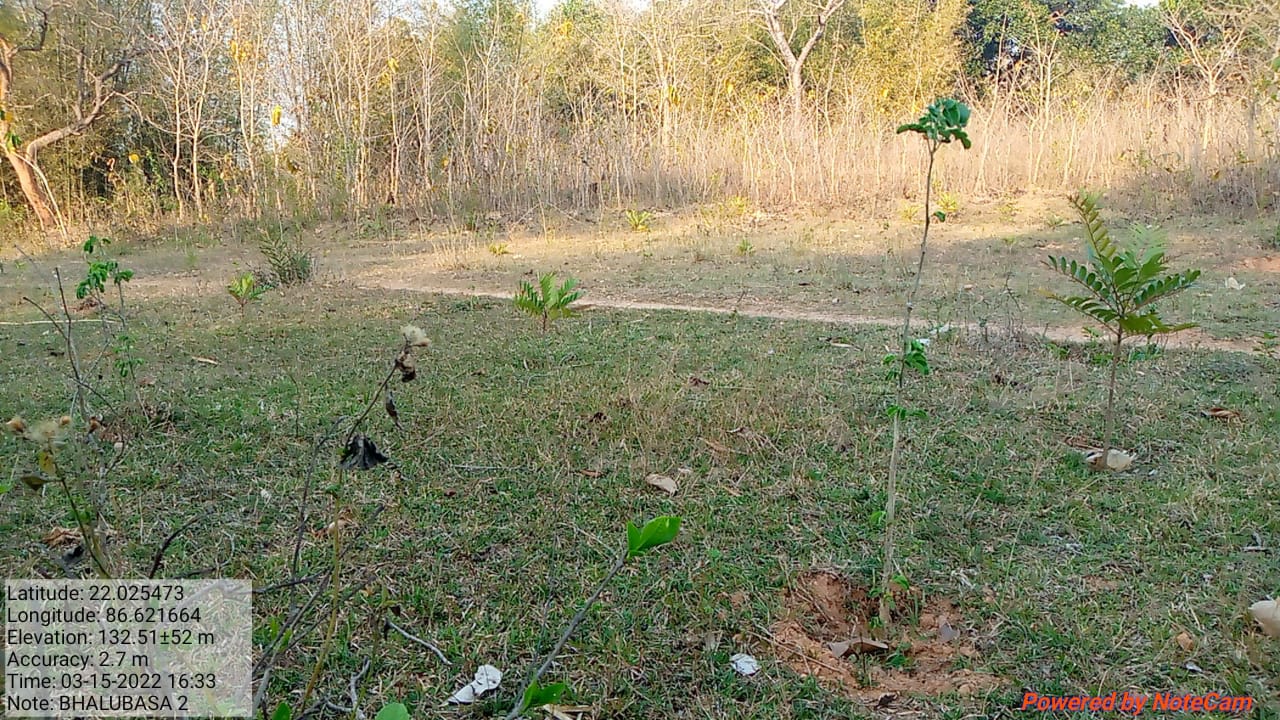
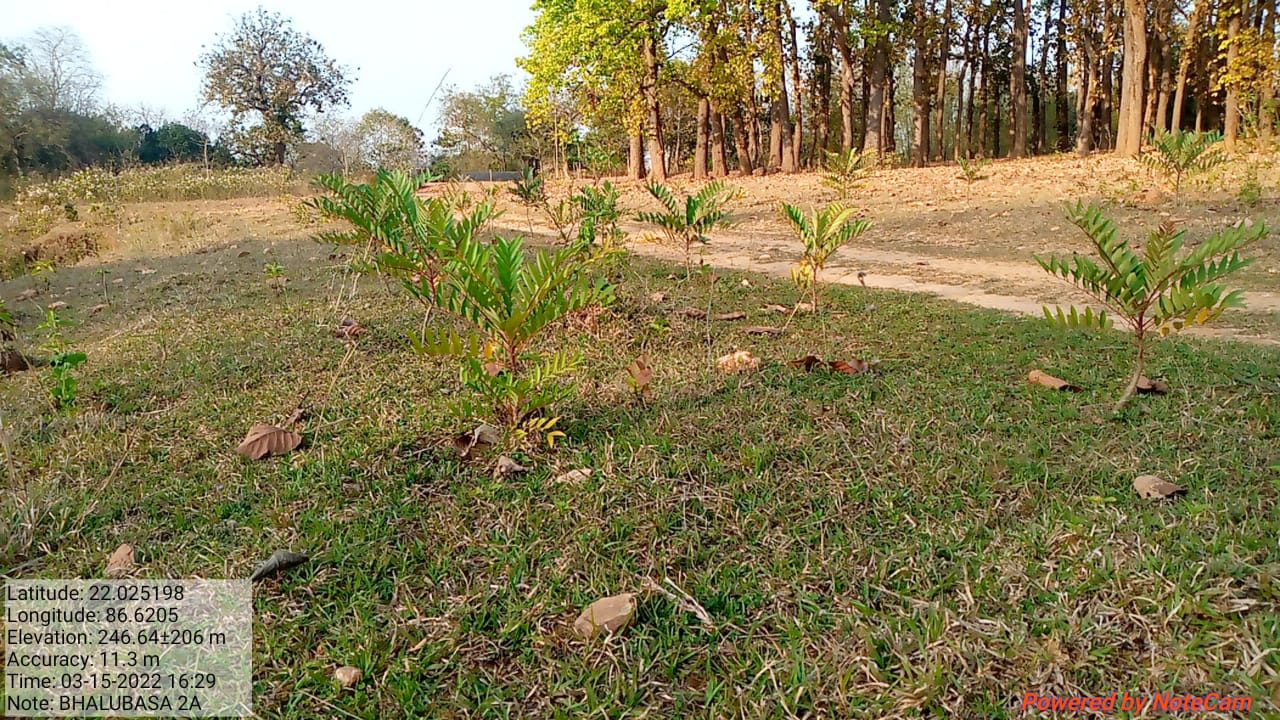
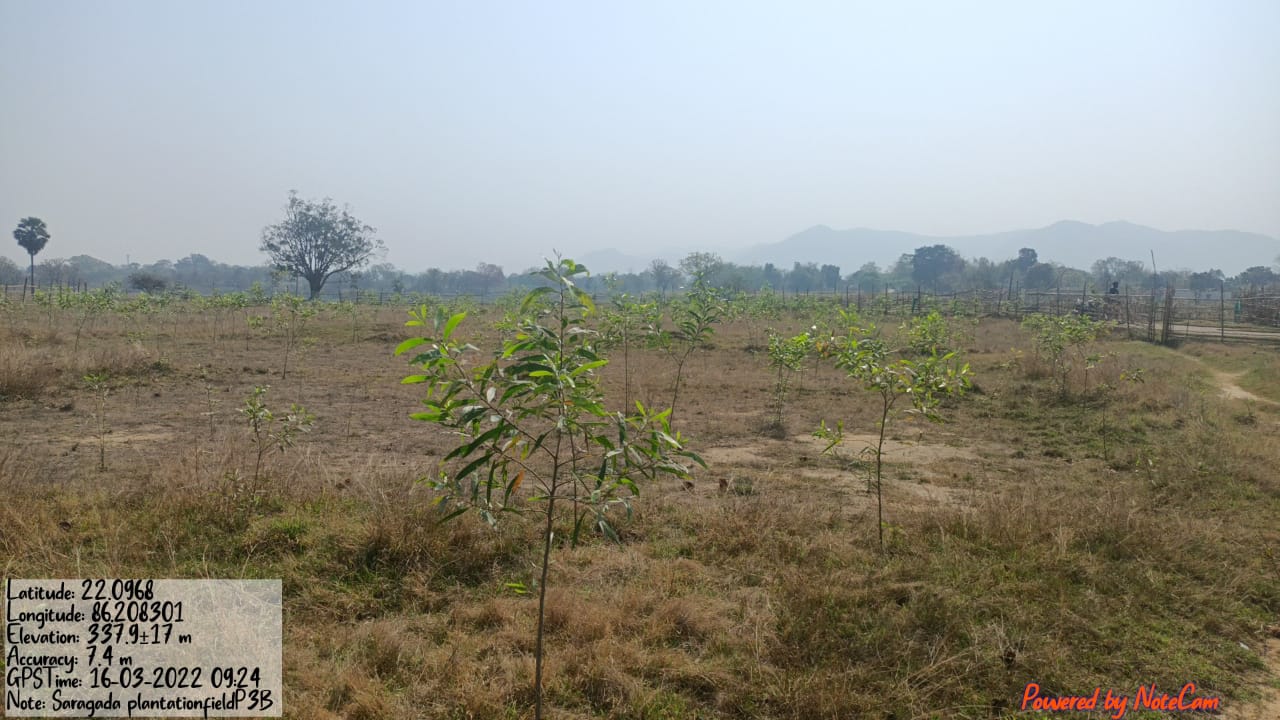

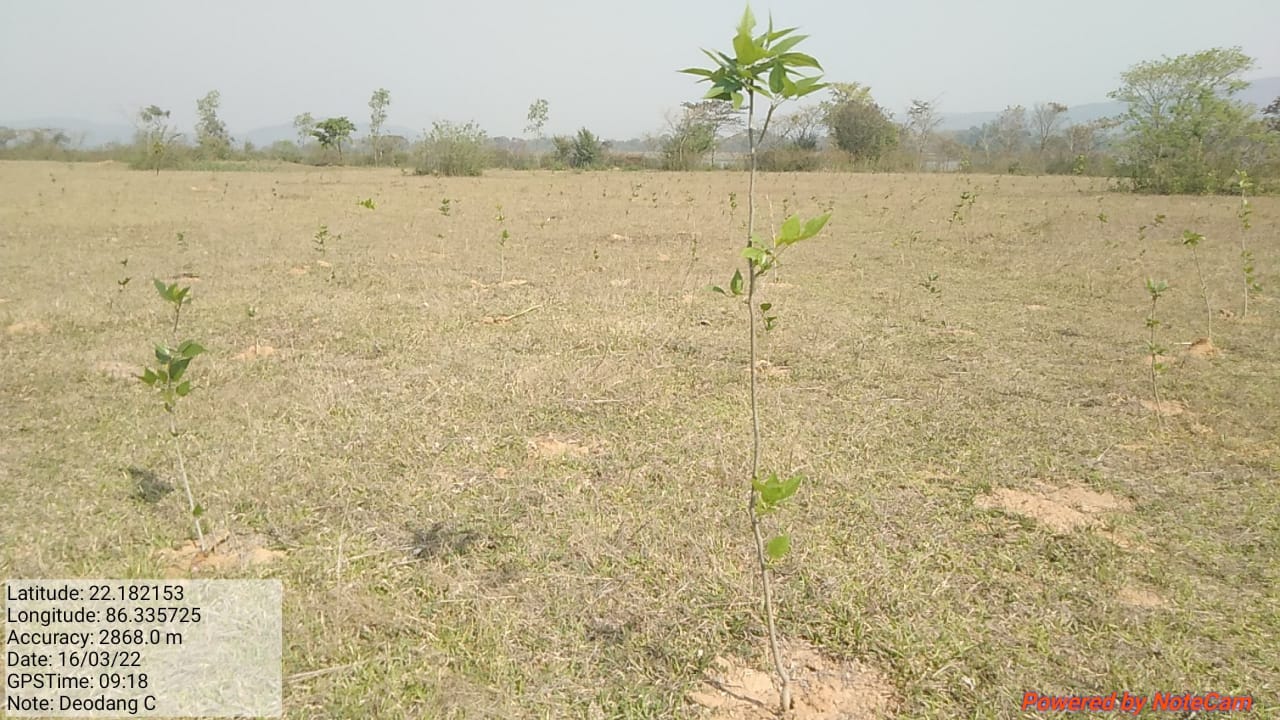

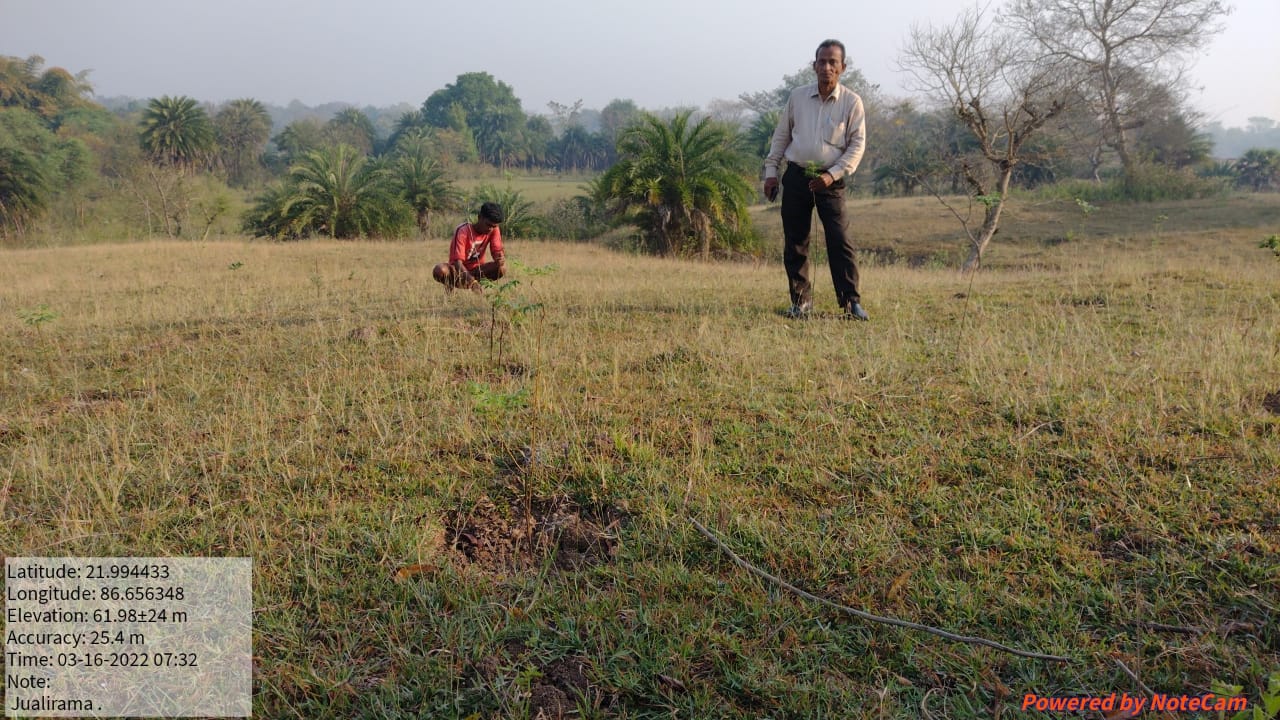

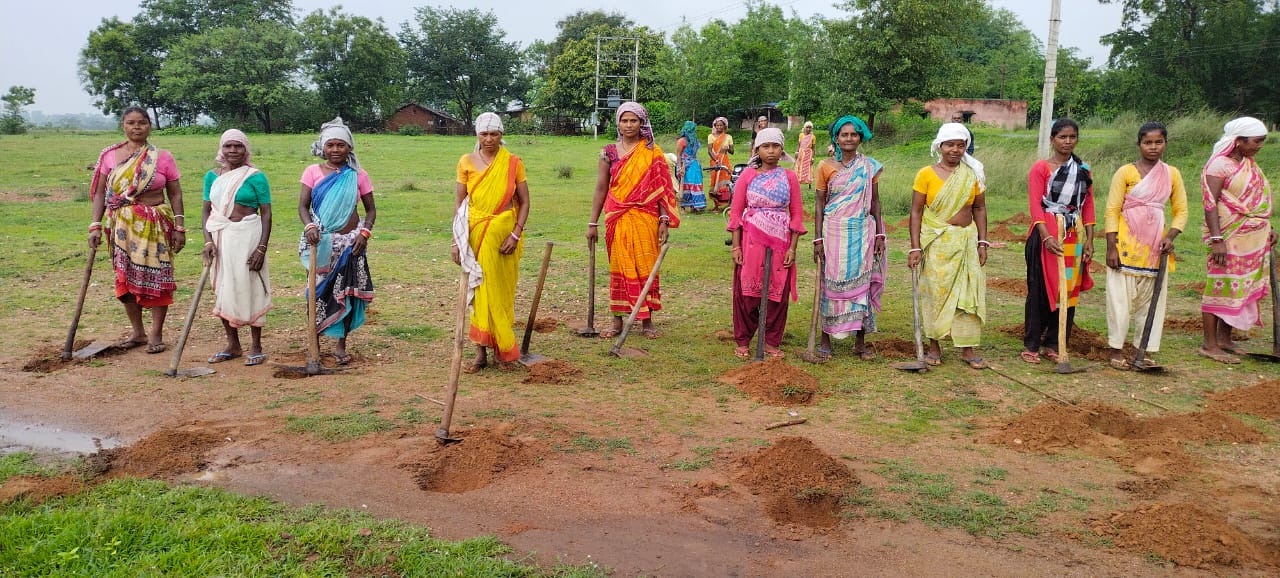
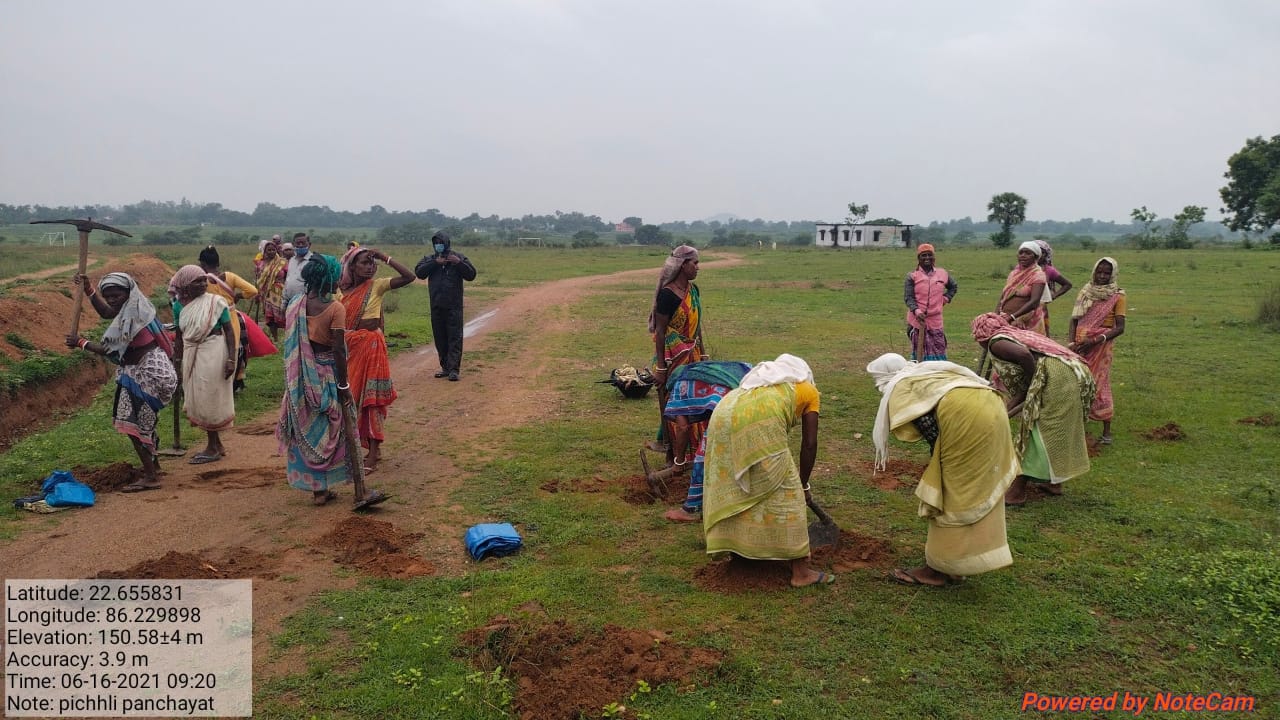
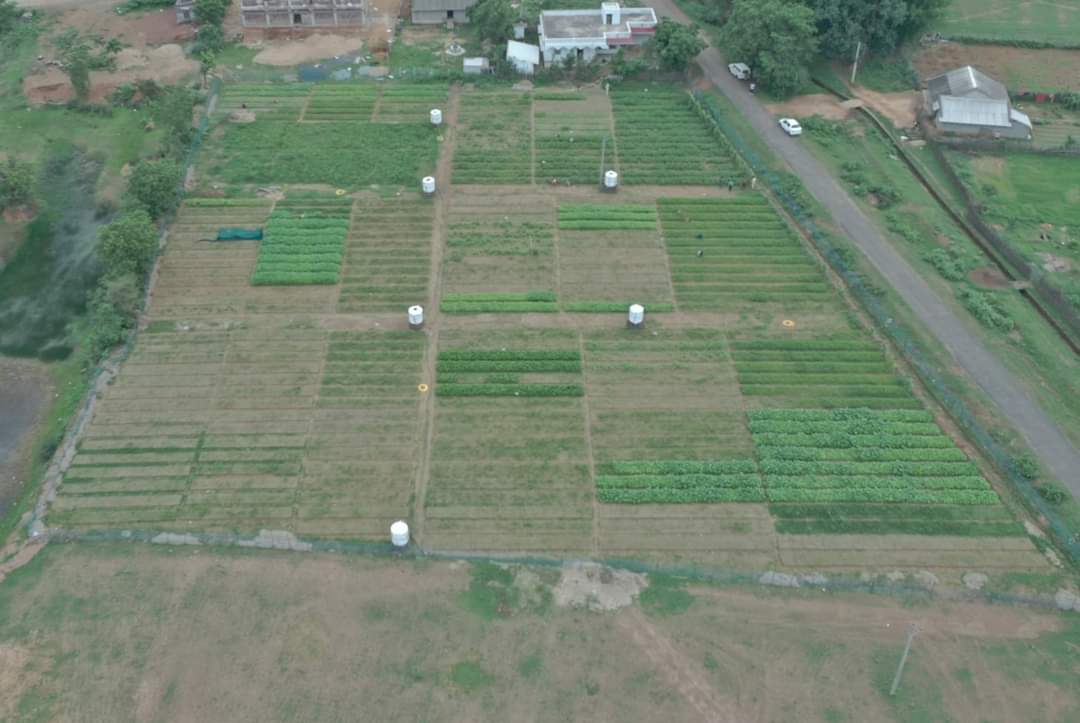
Project Target
0% Remaining
6,000,000
Trees Planted out of 6,000,000 Trees

Project Location:
The project involves plantation of 1 million trees in the villages situated in the periphery of Dalma Wildlife Sanctuary and Similipal Tiger Reserve. The trees will be planted in about 500 acres across 19 villages of the Laylam and Luabasa Panchayats in East Singhbum district of Jharkhand and Jamukeswar Panchayat in Mayurbhanj district of Odisha.
Project Aim
According to the World Wide Fund, "All elephants need a lot of space, sometimes roaming over incredible areas to find enough food and water to sustain them. Asian elephants are now restricted to just 15% of their original range. Add in growing human-wildlife conflict and an upsurge in ivory poaching in recent years and it's easy to see why elephants are under threat. Asian elephant numbers have dropped by at least 50% over the last three generations, and they’re still in decline today.” The species is classified as endangered. By helping conserve their habitat, we help protect elephants, support local communities, and making sure natural resources are available for generations to come.
The impact of urbanization and the ever-rising man-elephant conflict has not spared the Dalma-Similipal Corridor either. The area, which was once lush green with widespread forests, is now deprived of not only the natural beauty but also the animals that lived within. The elephant corridor from Odisha to West Bengal crossing the Dalma Wildlife Sanctuary in Jharkhand has narrowed down in the last few years. “Elephants without healthy corridors to pass through are crossing human-occupied lands, raiding crops, and getting mobbed or even electrocuted, as in this case,” says Mayukh Chatterjee, who heads the Human-Wildlife Conflict Mitigation Division at Wildlife Trust of India (WTI), a Delhi-based non-profit (source- Down to Earth).
One possible way to address the issue is to increase the forest cover in the already existing corridor to augment the size of the corridors, improving and increasing the sheltered and screened area along with food resources for them. In a research study published by Kalpana K. Mohapatra, A.K. Patra and D.S. Paramanik on Food and feeding behaviour of Asiatic Elephant (Elephas maximus Linn.) in Kuldiha Wild Life Sanctuary, Odisha, India consumption of tree species by the Indian elephant was found to be 56% as compared to shrubs (20%), herbs (14%) and climbers (10%). The Asian elephant distinguishes itself from its African counterpart because of its dependency on arboreal forests as opposed to grasslands. Due to the variation in habitat and climatic conditions prevalent across the two continents, the elephant population in Asia and more specifically India, depends on its tropical trees—consuming twigs, branches, stems, root, flowers, fruit etc.
Likewise, Similipal National Park is one of India’s oldest tiger reserves. Declared in 1973 under Project Tiger, it contains 2,750 sq km of forest and is prime habitat for tigers, prey species, elephants and is also home to the only known habitat of the elusive melanistic, or black, tigers. Improving the wildlife corridor will also help other ungulates.
With this project, Grow-Trees aims to connect these protected areas together so that elephants can safely migrate between habitats, tigers can find forest covers to mark their territories and other wildlife regains their habitat, reducing the man-animal conflicts.
The plantation of 1 million trees in this corridor will help wild animals keep out of human settlements and migrate smoothly, allowing for the safer coexistence of animals and humans. The trees planted will provide richer food sources and breeding landscapes to wildlife, strengthening their population.
The project region is inhabited by a variety of tribal communities. Prominent among these are Bhumija, Gondas, Kolha, Santhala, and Mankadia. Most of them are settled agriculturists and are supplementing their income by being dependent on various forest resources. "While the tribes earlier followed a number of traditional conservation practices like closed seasons, hunting taboos on specific species, maintenance of sacred groves (Jharia), etc. of late these practices, have been on the decline due to the increasing influence of modern civilization, increasing human population and decreasing wildlife availability" (WWF-India); thus, the large scale plantation will improve the ecosystem with access to the local communities for the collection of fuelwood and another minor forest produce, thereby also contributing to reviving the traditional conservation cultures.
These trees will provide sustainable livelihood opportunities to the tribal communities in the present as well as future times. Around 82,000 workdays of jobs will be created in the nursery and planting activity alone; additionally, there will be indirect employment and extra revenue from flowers, fruit, fodder, fuelwood and other forest produce.
Moreover, the increased vegetation in the region will help not just in controlling soil erosion, but also to improve moisture conservation, enhance the water table in the region, contribute towards the prevention of the severe drought and flood conditions of the region and forest fires.
Social Impact of Growing Trees
Community Engagement
Tree planting initiatives often involve local communities, which can lead to greater community cohesion.
Ecological Education
Provides opportunities for community members, especially children, about the importance of environmental sustainability.
Urban Beautification
Trees contribute to the aesthetic enhancement of urban areas, making cities more pleasant and liveable.
Climate Resilience
By improving green cover, tree planting helps make communities more resilient against climate impacts like heatwaves.
Employment Creation
Planting trees creates employment for local community members like planting and maintenance, administrative roles, and more long-term jobs in management.
Wildlife Habitat
Trees provide critical habitats for various species of wildlife. Enhancing tree cover helps preserve biodiversity, which can be an ecological boon for local communities
Copyrights @ 2025 All rights reserved by Pangea EcoNetAssets Pvt Ltd.